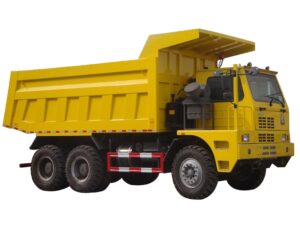We Use cookies to ensure that we give you the best experience on our website .if you continue to use this site we will assume that you are happy with it. በ ድህረ ገጻችን ላይ የተሻለ ቆይታ እንዲያደርጉ ለማረጋገጥ ኩኪዎችን እንጠቀማለን። ድህረ ገጻችንን መጠቀምዎን ከቀጠሉ የኩኪዎችን ጥቅም በደስታ እንደተቀበሉት እንወስደዋለን።
Privacy policy Accept



